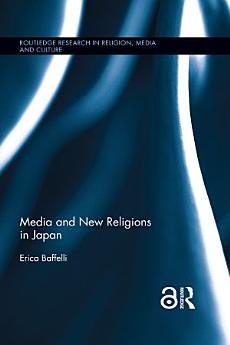Media and New Religions in Japan
Über dieses E-Book
Japanese "new religions" (shinshūkyō) have used various media forms for training, communicating with members, presenting their messages, reinforcing or protecting the image of the leader, and, potentially, attracting converts. In this book the complex and dual relationship between media and new religions is investigated by looking at the tensions groups face between the need for visibility and the risks of facing attacks and criticism through media. Indeed media and new technologies have been extensively used by religious groups not only to spread their messages and to try to reach a wider audience, but also to promote themselves as a highly modern and up-to-date form of religion appropriate for a modern technological age. In 1980s and early 1990s some movements, such as Agonshū , Kōfuku no Kagaku, and Aum Shinrikyō came into prominence especially via the use of media (initially publications, but also ritual broadcasts, advertising campaigns, and public media events). This created new modes of ritual engagement and new ways of interactions between leaders and members. The aim of this book is to develop and illustrate particular key issues in the wider new religions and media nexus by using specific movements as examples. In particular, the analysis of the interaction between media and new religions will focus primarily on three case studies predominantly during the first period of development of the groups.
Autoren-Profil
Erica Baffelli is currently a Senior Lecturer in Japanese Studies at the University of Manchester, UK. She is interested in religion in contemporary Japan, with a focus on groups founded from the 1970s onwards. Currently she is examining the interactions between media and "new religions” (shinshūkyō) in 1980s and 1990s and the changes in the use of media by religious institutions after the 1995 Tokyo subway attack.








